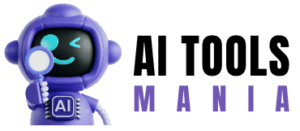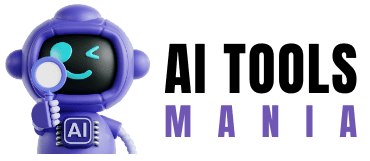Category: Blog
Your blog category
The transformers library is a Python library that provides a unified interface for working with different transformer models.
Large language models (LLMs) are a big step forward in artificial intelligence.
The large language model (LLM) has become a cornerstone of many AI applications.
Be sure to check out the previous articles in this series: •
Time series forecasting is a statistical technique used to analyze historical data points and predict future values based on temporal patterns.
Matrices are a key concept not only in linear algebra but also with regard to their prominent application and use in machine learning (ML) and data science.
Language models — often known for the acronym LLM for Large Language Models, their large-scale version — fuel powerful AI applications like conversational chatbots, AI assistants, and other intelligent text and content generation apps.
This post is in two parts; they are: • Understanding the Encoder-Decoder Architecture • Evaluating the Result of Summarization using ROUGE DistilBart is a “distilled” version of the BART model, a powerful sequence-to-sequence model for natural language generation, translation, and comprehension.
This tutorial is in two parts; they are: • Using DistilBart for Summarization • Improving the Summarization Process Let’s start with a fundamental implementation that demonstrates the key concepts of text summarization with DistilBart: import torch from transformers import AutoTokenizer, AutoModelForSeq2SeqLM class TextSummarizer: def __init__(self, model_name=”sshleifer/distilbart-cnn-12-6″): “””Initialize the summarizer with a pre-trained model.
Overfitting is one of the most (if not the most!) common problems encountered when building machine learning (ML) models.


